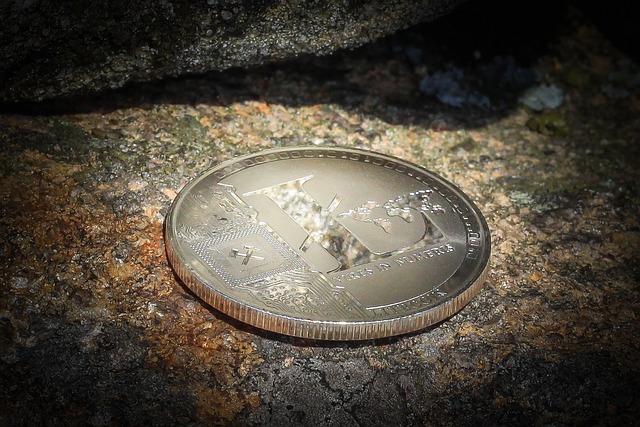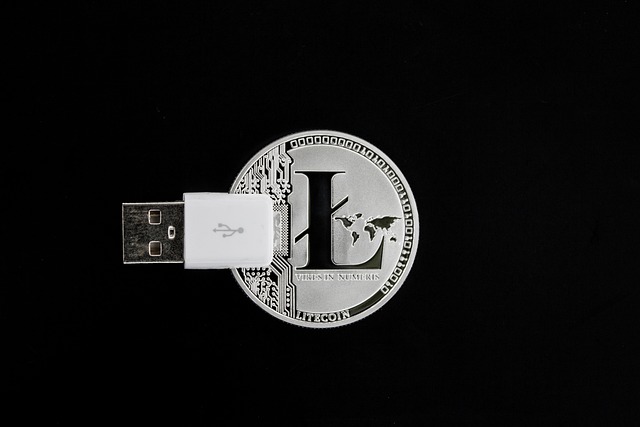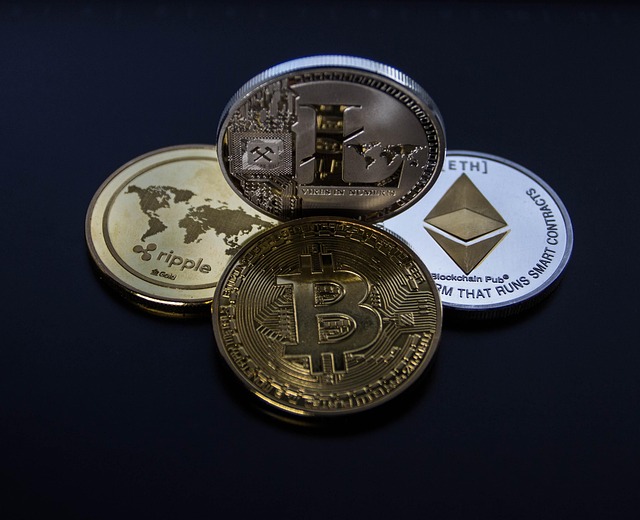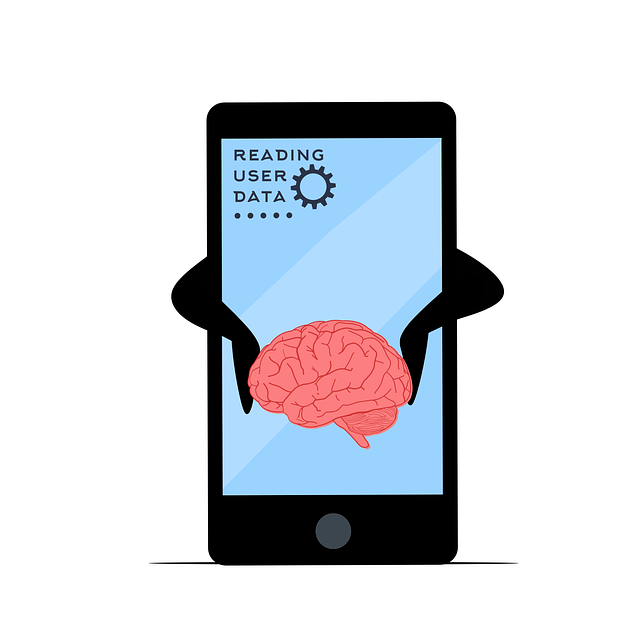Litecoin (2011 introduction), dubbed "digital silver" by creator Charlie Lee, addresses Bitcoin's limitations by offering faster transactions (2.5 minutes vs. 10) and lower fees, positioning itself as a practical global payment solution alongside Bitcoin's role as "digital gold."
“The evolution of Litecoin, often hailed as ‘digital silver,’ from its nascent stages to its current status as a global payment solution, is a captivating journey. This article delves into the creation of Litecoin by Charlie Lee and its initial vision, exploring the concept of digital silver and early adoption. We navigate the challenges it faced, highlighting technical advancements like the Lightning Network integration, and trace its global acceptance. Today, Litecoin’s scalability solutions and merchant adoption make it a formidable contender in the cryptocurrency space, poised for potential collaborations to dominate global payments.”
- The Birth of Litecoin and Its Initial Vision
- – Exploring the creation of Litecoin by Charlie Lee
- – The concept of digital silver and its purpose in the cryptocurrency space
The Birth of Litecoin and Its Initial Vision

Litecoin, often referred to as the “silver to Bitcoin’s gold,” emerged in 2011 with a distinct vision. Created by an anonymous developer or group going by the name Charlie Lee, Litecoin was designed to improve upon Bitcoin’s capabilities. Its primary goal was to facilitate faster transactions and offer lower fees, making it more suitable for everyday payments. The initial concept focused on increasing the transaction speed from Bitcoin’s average 10 minutes to a mere 2.5 minutes per block, ensuring quicker confirmations for users. This rapidity, coupled with its limited supply similar to silver, aimed to position Litecoin as a practical digital currency for global transactions.
– Exploring the creation of Litecoin by Charlie Lee

Litecoin was created in 2011 by Charlie Lee, a software engineer who had previously worked on Bitcoin development. Inspired by the concept of “digital silver” to complement Bitcoin’s “digital gold,” Lee aimed to enhance the functionality and speed of transactions. Unlike Bitcoin, which focused primarily on being a store of value, Litecoin was designed for broader use as a global payment solution. The currency’s namesake comes from its goal to facilitate faster and cheaper transactions compared to Bitcoin. Lee’s vision was to create a digital asset that could be easily divided into smaller units, making it more suitable for everyday purchases. This innovative approach laid the foundation for Litecoin to become one of the most widely adopted altcoins in the cryptocurrency market.
– The concept of digital silver and its purpose in the cryptocurrency space

Litecoin, often referred to as the “digital silver,” emerged in 2011 with a unique purpose within the cryptocurrency landscape. This term was coined to highlight Litecoin’s position as a more practical and faster alternative to Bitcoin, then the reigning champion of digital currencies. Much like physical silver has been valued for its rarity, beauty, and utility throughout history, digital silver—in this context—strives to offer a similar set of advantages in the virtual realm.
The concept aimed to solve some of the initial pain points of Bitcoin, such as slow transaction speeds and high fees. By designing Litecoin with an increased block size and a shorter confirmation time, its creators intended to make it more suitable for everyday transactions, thus fostering its adoption as a global payment solution. This strategy has significantly contributed to Litecoin’s enduring relevance in the ever-evolving cryptocurrency market.
Litecoin’s journey from its inception as a “digital silver” alternative to Bitcoin has been remarkable. Over the years, it has evolved into a global payment solution, fostering faster and more affordable transactions. As the cryptocurrency space continues to grow, Litecoin’s unique position and community support make it a key player in shaping the future of digital currencies, offering both efficiency and accessibility for users worldwide.







Leave a Reply